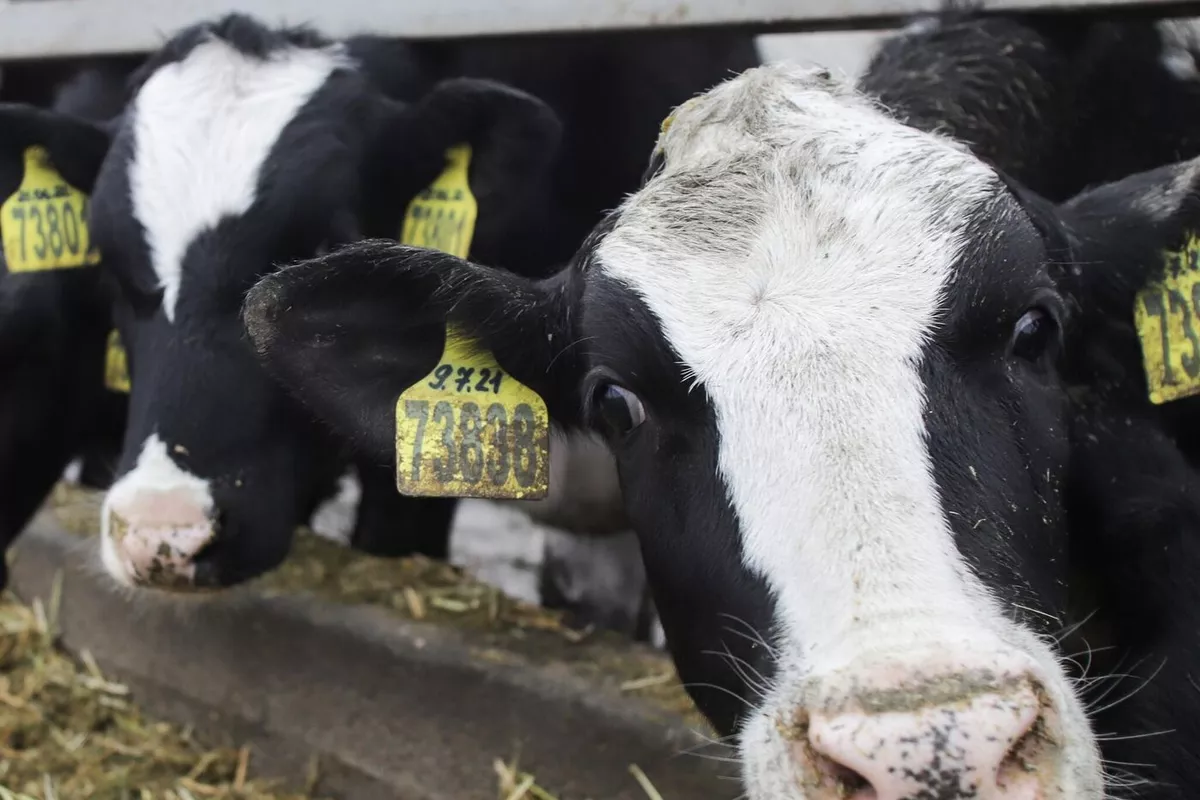
photo: Sputnik Uzbekistan
Recent outbreaks of anthrax among animals-and more recently, humans-in neighboring countries such as Tajikistan and Kazakhstan have raised public health concerns across the region.
In Kazakhstan, quarantine measures were implemented in two settlements following confirmation of seven human cases of the disease, The Caspian Post reports, citing Uzbek media.
In response, Uzbekistan has ramped up its efforts to prevent the spread of anthrax within its borders, according to Farhod Kurbonbekov, head of the Department of Epidemiology and Highly Dangerous Infectious Diseases at the Committee for Sanitary and Epidemiological Welfare and Public Health.
Anthrax is a severe infectious disease caused by the bacterium Bacillus anthracis, primarily transmitted from animals to humans. It is classified as a particularly dangerous infection due to its rapid progression and potential to affect the skin, lungs, and intestines, often leading to systemic intoxication and high fever. All species of domestic and wild animals are susceptible, as are humans.
Human infection typically occurs through direct contact with sick animals, such as during care, slaughter, or meat processing-especially without veterinary oversight-or through consumption of inadequately cooked meat. Even fur products made from animals that died of anthrax can be infectious. Experts warn that even boiling meat at 100°C may not fully neutralize the bacteria; only thoroughly cooked meat-with no pink areas-can be considered safe.
Kurbonbekov noted that 98-99 per cent of anthrax cases in humans appear in the cutaneous (skin) form, which is highly treatable when addressed early. However, more severe forms-septic, intestinal, and pulmonary anthrax-are extremely dangerous and often fatal.
Uzbekistan has prepared a robust response system for early diagnosis and treatment. Soil samples from high-risk areas are regularly tested, and border controls have been strengthened at 55 checkpoints to monitor incoming travelers.
“All necessary precautions are being taken to prevent the infection from entering the country,” Kurbonbekov stated.
Signs of Cutaneous Anthrax Include:
A painless ulcer that eventually forms a characteristic black scab (resembling coal),
Redness, swelling, and inflammation of surrounding tissue,
Swollen regional lymph nodes,
Fluid-filled blisters around the ulcerated area.
These ulcers commonly appear on exposed areas such as the hands, face, neck, or legs. Health authorities stress the urgency of seeking immediate medical attention if such symptoms arise-especially following contact with animals or raw meat. Attempts to self-remove the black scab can lead to septic anthrax, a potentially fatal complication.
Anthrax Prevention Measures in Uzbekistan:
Annual mandatory vaccination of domestic animals against anthrax under veterinary supervision,
Ban on home slaughter of livestock; all slaughter must be conducted at certified facilities with veterinary oversight,
Strict ban on the sale or distribution of meat, hides, or internal organs without a veterinary certificate,
Prohibition of slaughter if anthrax is suspected; in such cases, carcasses must be incinerated,
Avoid purchasing meat from private individuals or unregulated markets-buy only from official outlets where food safety is guaranteed.
“If someone involved in animal slaughter develops a skin ulcer within a week, especially on the hands, they must seek medical help immediately. Self-treatment is dangerous and can lead to life-threatening consequences,” officials at the committee warned.
Share on social media